[Himeji City] Receive power at Hiromine Shrine, which has a history of over 2,000 years and stands overlooking Himeji Castle.
![[Himeji City] Receive power at Hiromine Shrine, which has a history of over 2,000 years and stands overlooking Himeji Castle.](https://resources.matcha-jp.com/resize/720x2000/2023/12/06-155209.webp)
Its history is old, dating back more than 2,000 years. Important cultural properties can be seen throughout the shrine, including the main shrine and worship hall, both of which are nationally designated important cultural properties, as well as numerous shrines within the shrine grounds. Introducing Hiromine Shrine, which continues to captivate people's hearts with its various festivals held within its grounds and the Yin-Yang Nine Star Pilgrimage.
-
Table of Contents
- How to access “Hiromine Shrine”?
- Say your thanks at the main shrine, and make your own wishes behind the main shrine.
- Shinto rituals and festivals held throughout the year
- “Hiromine Shrine” and the tactician Kanbei
- Receive the power of “Hiromine Shrine”
- Useful information
- basic information
How to access “Hiromine Shrine”?
![[Himeji City] Receive power at Hiromine Shrine, which has a history of over 2,000 years and stands overlooking Himeji Castle.](https://resources.matcha-jp.com/resize/720x2000/2023/12/06-155204.webp)
It takes about 20 minutes to ride the Shinki Bus from the north exit of Himeji Station, which is located between JR Himeji Station and Sanyo Himeji Station. Get off at the Himeji Keibajo-mae bus stop, walk north for about 3 minutes, take a taxi at the taxi company on the right, and walk along the mountain road for about 10 minutes, and you will arrive in front of the Otorii gate, the entrance to Hiromine Shrine. .
When the weather is nice, we recommend walking as well as hiking. From Himeji Keibajo-mae bus stop, walk north along the road for about 50 minutes. There's only one road, so you won't get lost.
![[Himeji City] Receive power at Hiromine Shrine, which has a history of over 2,000 years and stands overlooking Himeji Castle.](https://resources.matcha-jp.com/resize/720x2000/2023/12/06-155205.webp)
If you are coming by car, there is a parking lot on the right just before the Otorii gate. Approximately 30 minutes from Hanada IC on the Bantan Toll Road.
Say your thanks at the main shrine, and make your own wishes behind the main shrine.
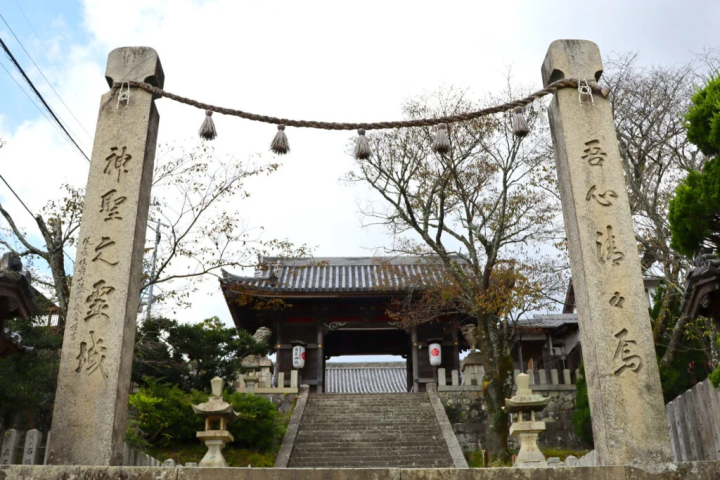
Pass through the large torii gate and proceed straight along the paved path. Perhaps because of the trees in the surrounding forest, the atmosphere changes, and the chirping of birds and the cool breeze are very pleasant.
It takes about 10 minutes to walk. I could see the Zuishinmon gate. Climb up the stone steps to reach the sacred area.
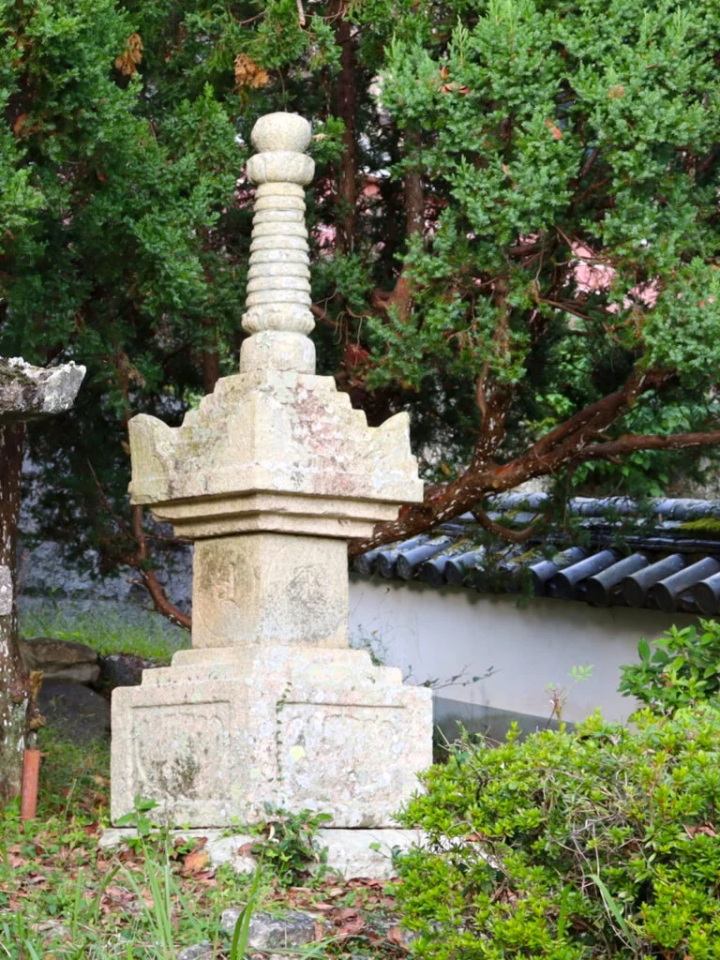
Halfway up the stone steps, just before the Zuishinmon gate, look to the far right and you will see the Hokyointo. Can you see that there are lotus petals on the base, a kakusakan on the base, and seeds representing the four Buddhas of the Womb World carved on the four sides of the pagoda center?
Please take a close look.
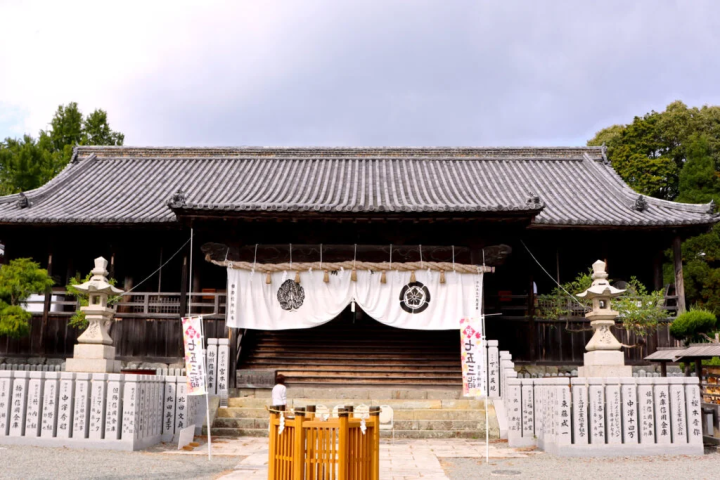
First of all, I would like to express my gratitude. Climb the stairs leading to the shrine and bow twice, clap twice and bow once. After worshiping, be sure to look at the worship hall and the main shrine in the back so as not to disrespect the gods.
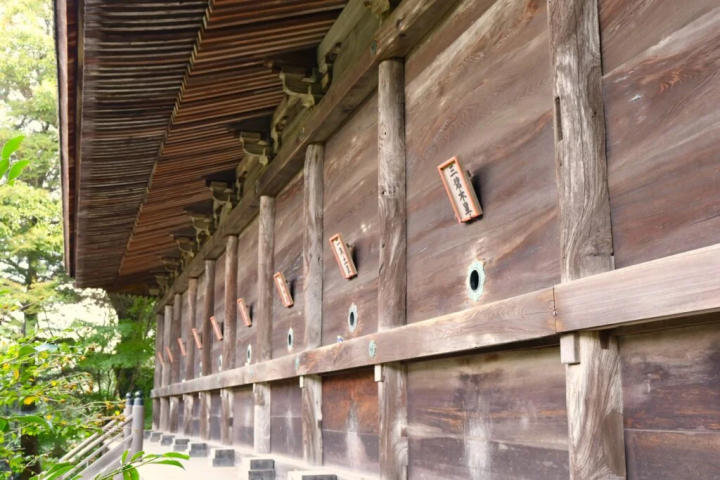
You can make daily requests or special requests from the back of this main shrine.
Kyusei Pilgrimage (Ura-Mairi) is a unique way of worshiping at Hiromine Shrine, where you pray to the guardian deity of the Nine Stars using Onmyodo. Let me introduce you to the method of visiting the Nine Stars of Yin and Yang.
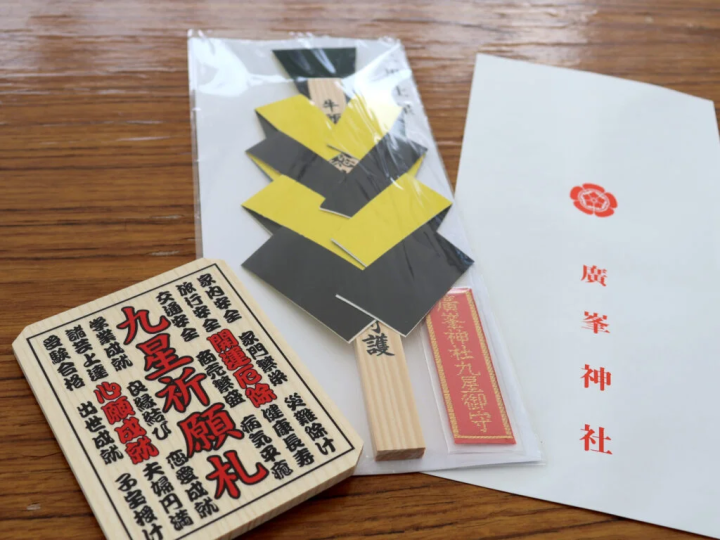
Receive a ``Kyusei Pilgrimage Set'' at the shrine office and write your wish on the back of the ``Kusei Prayer Card.''
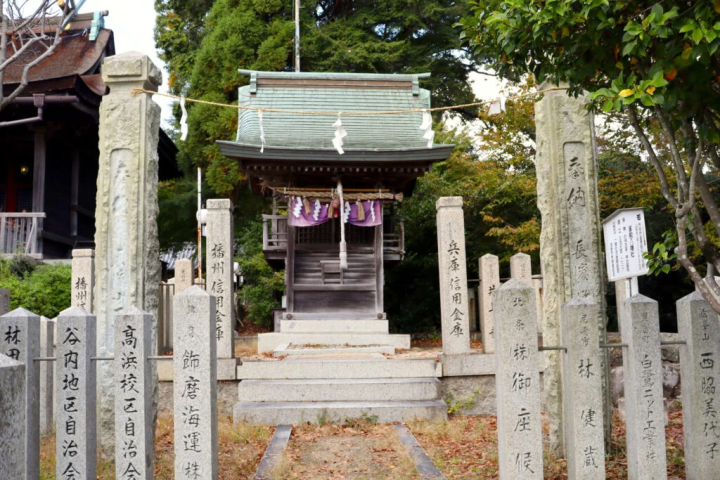
Go around the back from between the main shrine and Gunden Hachiman Shrine on the right side of the main shrine and stand in front of the hole of your destiny star.
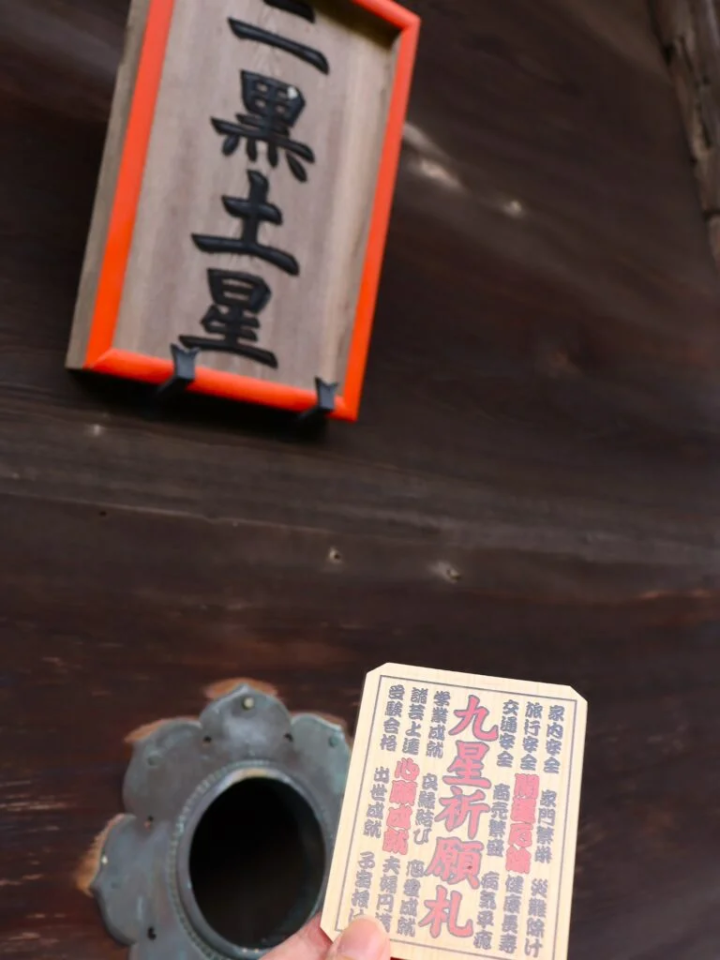
After bowing, put the Nine Star prayer tag into the hole, bring your face close to the hole, and whisper your wish three times. And finally, take a bow.
![[Himeji City] Receive power at Hiromine Shrine, which has a history of over 2,000 years and stands overlooking Himeji Castle.](https://resources.matcha-jp.com/resize/720x2000/2023/12/06-155214.webp)
Behind the worship hall, there are seven separate and final shrines (all important cultural properties designated by Himeji City), giving it a solemn atmosphere. Let's visit each shrine in turn with all our heart.
Shinto rituals and festivals held throughout the year
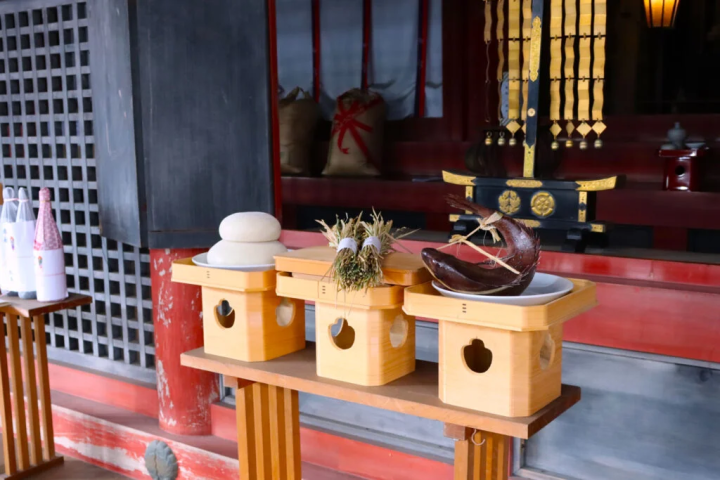
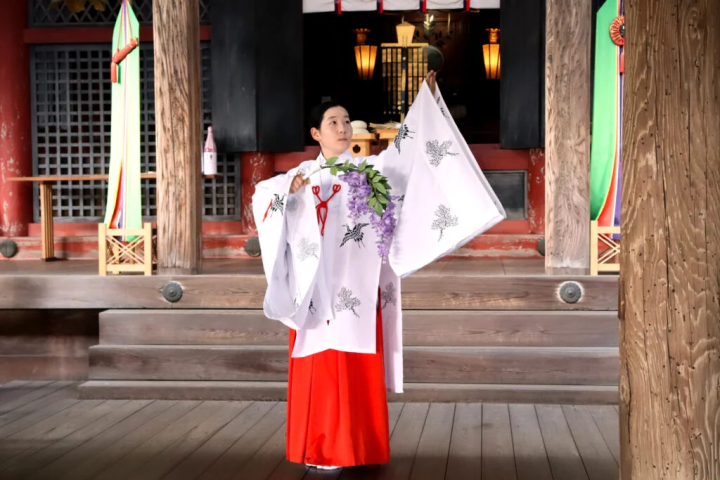
When you return from the back of the main shrine to the front, you can hear Gagaku music being played as offerings are made to the main shrine in gratitude for the autumn harvest. Surprisingly, I encountered a scene where a shrine maiden's dance was being dedicated, and I was so moved!
![[Himeji City] Receive power at Hiromine Shrine, which has a history of over 2,000 years and stands overlooking Himeji Castle.](https://resources.matcha-jp.com/resize/720x2000/2023/12/06-155217.webp)
Various festivals are held at Hiromine Shrine throughout the year. Among them, the ``Otaue Festival'' and ``Prayer Festival,'' which are held in April, are designated as intangible folk cultural assets of Himeji City.
I would definitely like to see it.
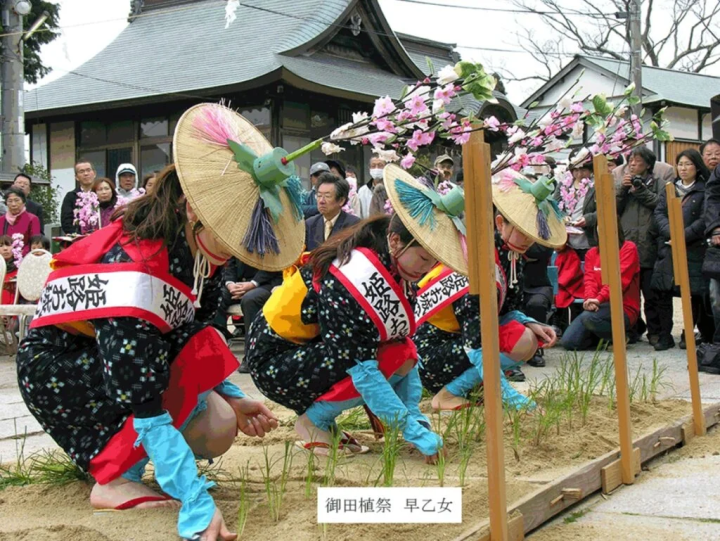
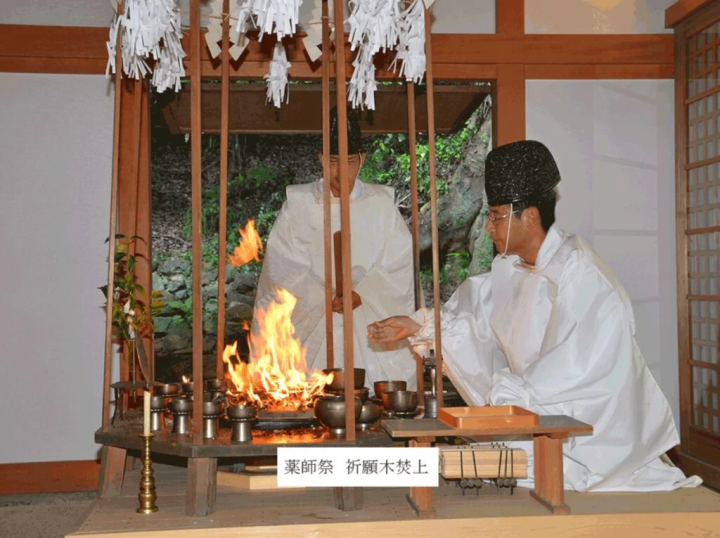
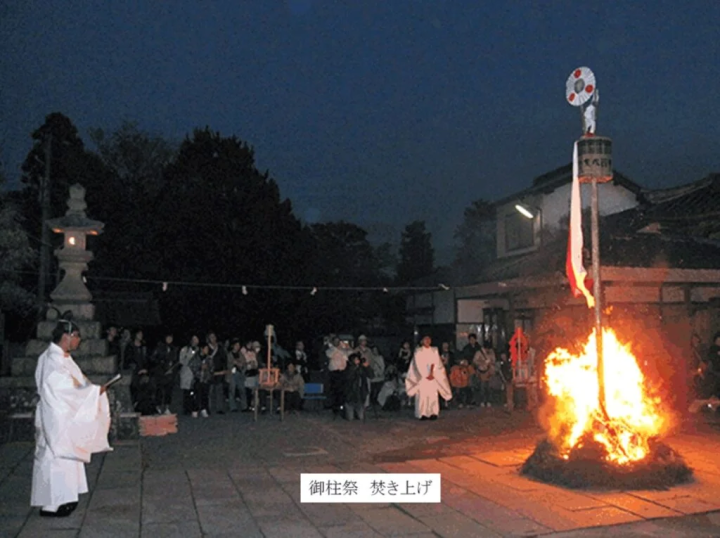
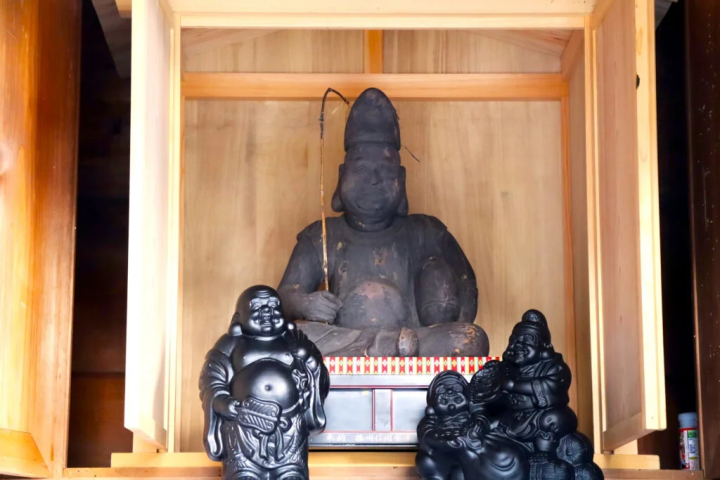
“Hiromine Shrine” and the tactician Kanbei
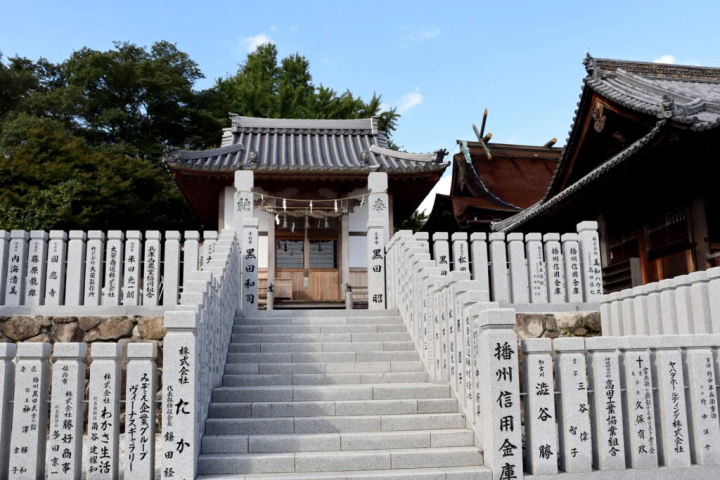
It is said that his involvement with the Kuroda family began when Kuroda Kanbei's grandfather, Shigetaka, was unable to serve as a government official in Bizen Fukuoka and moved to Himeji, Banshu, where he met the head priest of Hiromine Shrine and visited there.
Eventually, the priests wanted to help Shigetaka, an intelligent and good-natured man who frequently visited the shrine, and offered to hand out the Kuroda family's secret eye drops as a thank you for visiting the shrine. The eye drops became very popular and sold well, and the Kuroda family became wealthy and were able to carry themselves like samurai families.
Even after that, the relationship with Hiromine Shrine continues.
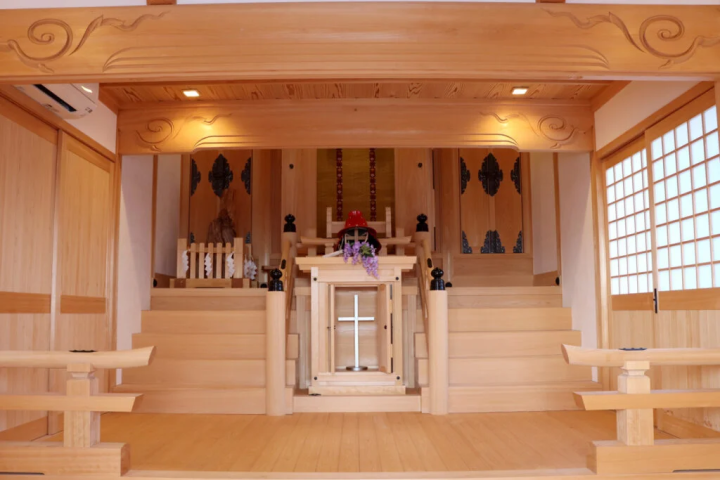
Kanbei, who gained knowledge at Hiromine Shrine and learned from the priests, is famous as a rare tactician.
Kanbei Shrine is enshrined as the ``God of Wisdom'' who bestows wisdom on people, the ``God of Forgiveness'' who leads people to happiness through prayer, and the ``God of Marital Harmony'' because he loved Mitsuhime all his life.
Receive the power of “Hiromine Shrine”
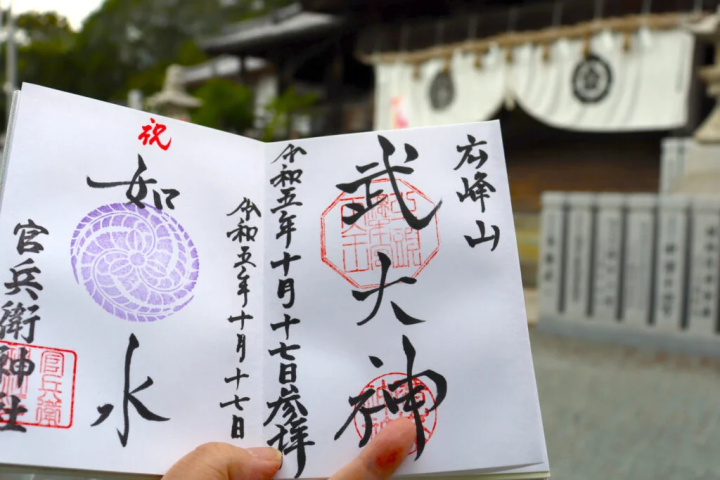
![[Himeji City] Receive power at Hiromine Shrine, which has a history of over 2,000 years and stands overlooking Himeji Castle.](https://resources.matcha-jp.com/resize/720x2000/2023/12/06-155225.webp)
There are a wide variety of amulet designs to choose from, but why not try receiving one that strikes your fancy? Every time I see the goshuin stamps and amulets, I feel like I'm receiving the power of Hiromine Shrine.
![[Himeji City] Receive power at Hiromine Shrine, which has a history of over 2,000 years and stands overlooking Himeji Castle.](https://resources.matcha-jp.com/resize/720x2000/2023/12/06-155226.webp)
From Zuishinmon Gate, you can see the city of Himeji. I get excited just thinking about what ancient people thought when they looked at the scenery from here.
After leaving the main shrine, I found a planted ``Eyedrop Tree'' in the park on my way back to the Otorii. The trunk stretches straight into the sky, and the rich green leaves sway gently. Was it just my imagination that I felt like someone was waving at me and saying, ``Come again?''
(Writer Toshi/West Plan)
*This article is information as of October 2023. Prices include tax. Product contents and prices may change. Please check the official website for the latest information.
Useful information
Baggage storage service
Would you like to sightsee empty-handed?
basic information
Emperor Gozu Sohongu Hiromine Shrine
Address: 52 Hiromineyama, Himeji City, Hyogo Prefecture
Phone number: 079-288-4777
Time: 9:00-16:30 (office)
Regular holiday: No holidays
Access: Approximately 20 minutes by Shinki Bus from JR/Sanyo Electric Railway Himeji Station, get off at the Keibeijo-mae bus stop, and approximately 10 minutes by taxi from a nearby taxi company (if walking from Keibajo-mae bus stop) Approximately 50 minutes uphill) / Approximately 30 minutes from the Bantan Toll Road "Hanada IC" to the parking lot. Or about 35 minutes from Himeji Bypass "Himeji South Ramp" to the parking lot.
Parking: Available (30 spaces)
SNS: Facebook
What are good things and good experiences? There are many characteristics such as having a story to tell, overflowing with the thoughts of the creator, having a history, and being loved by the locals. Have you ever come across a special thing or experience that made you want to tell someone about it? And as a result of telling, someone new leads to something. We think that's what "good" is all about. In order to deliver such encounters to our customers, we discover Hyogo's good things based on the concept of "talk, communicate, and connect", and provide information that will shorten the emotional distance between customers and the region of Hyogo Prefecture.
The contents on this page may partially contain automatic translation.
































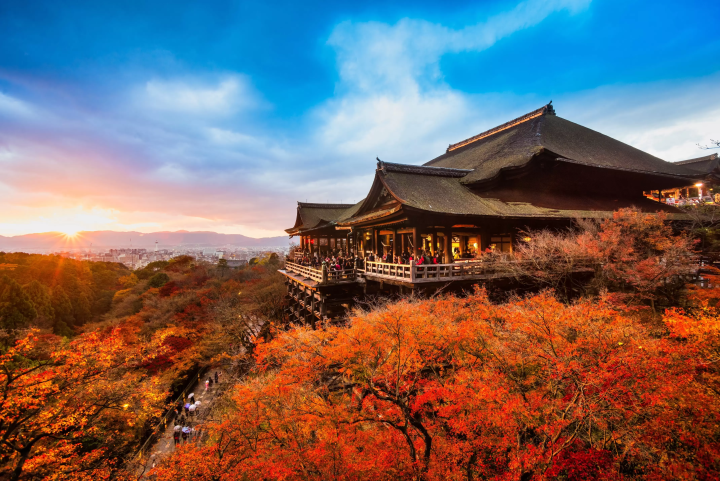
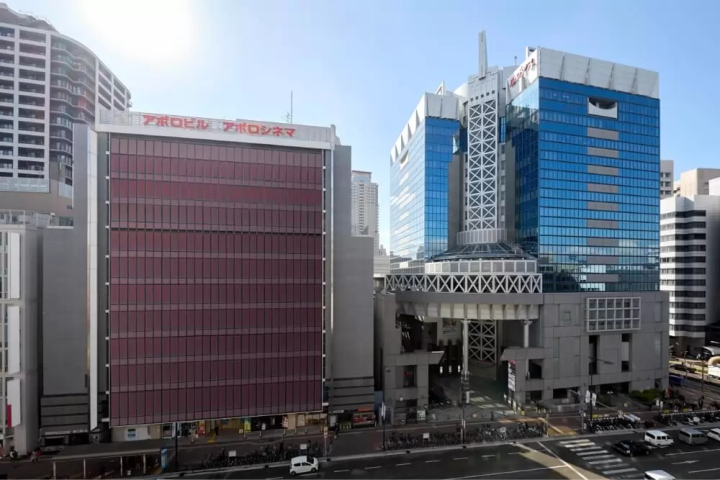

![[Next event confirmed! / Report] “Let’s Eat Tokyo Food”](https://resources.matcha-jp.com/resize/720x2000/2025/12/26-254125.webp)
![[Kanazawa] Enjoy the world of gold leaf to the fullest in the city with the highest production volume in Japan](https://resources.matcha-jp.com/resize/720x2000/2025/11/12-249564.webp)